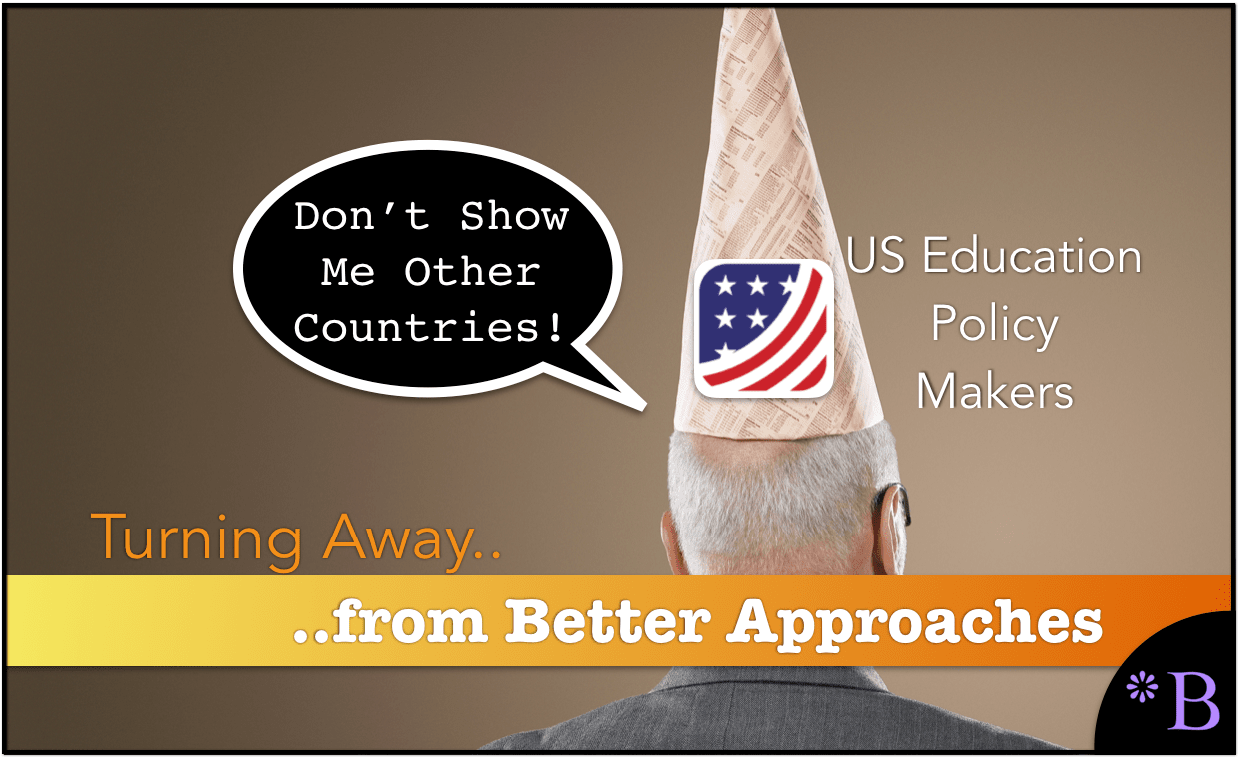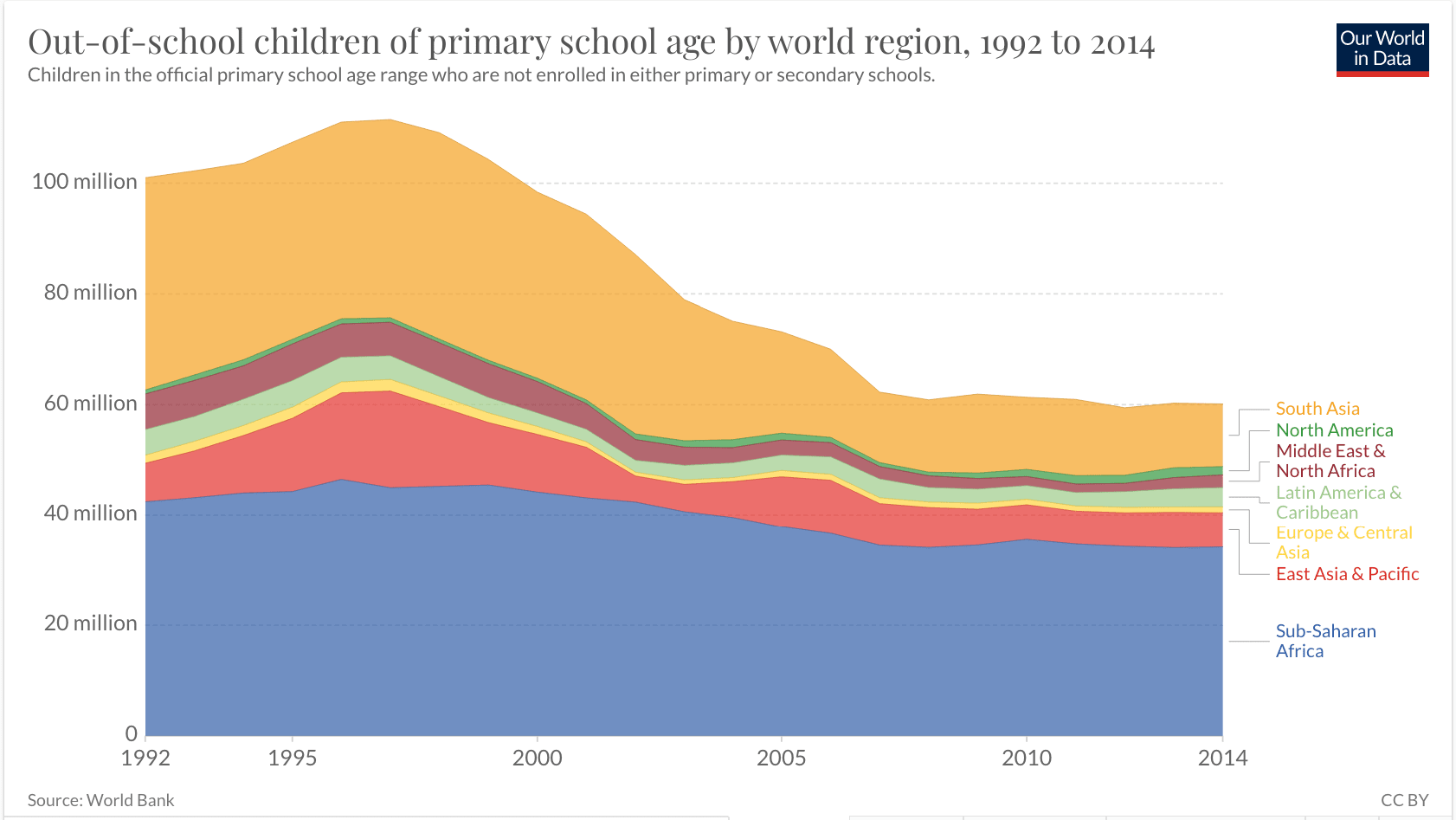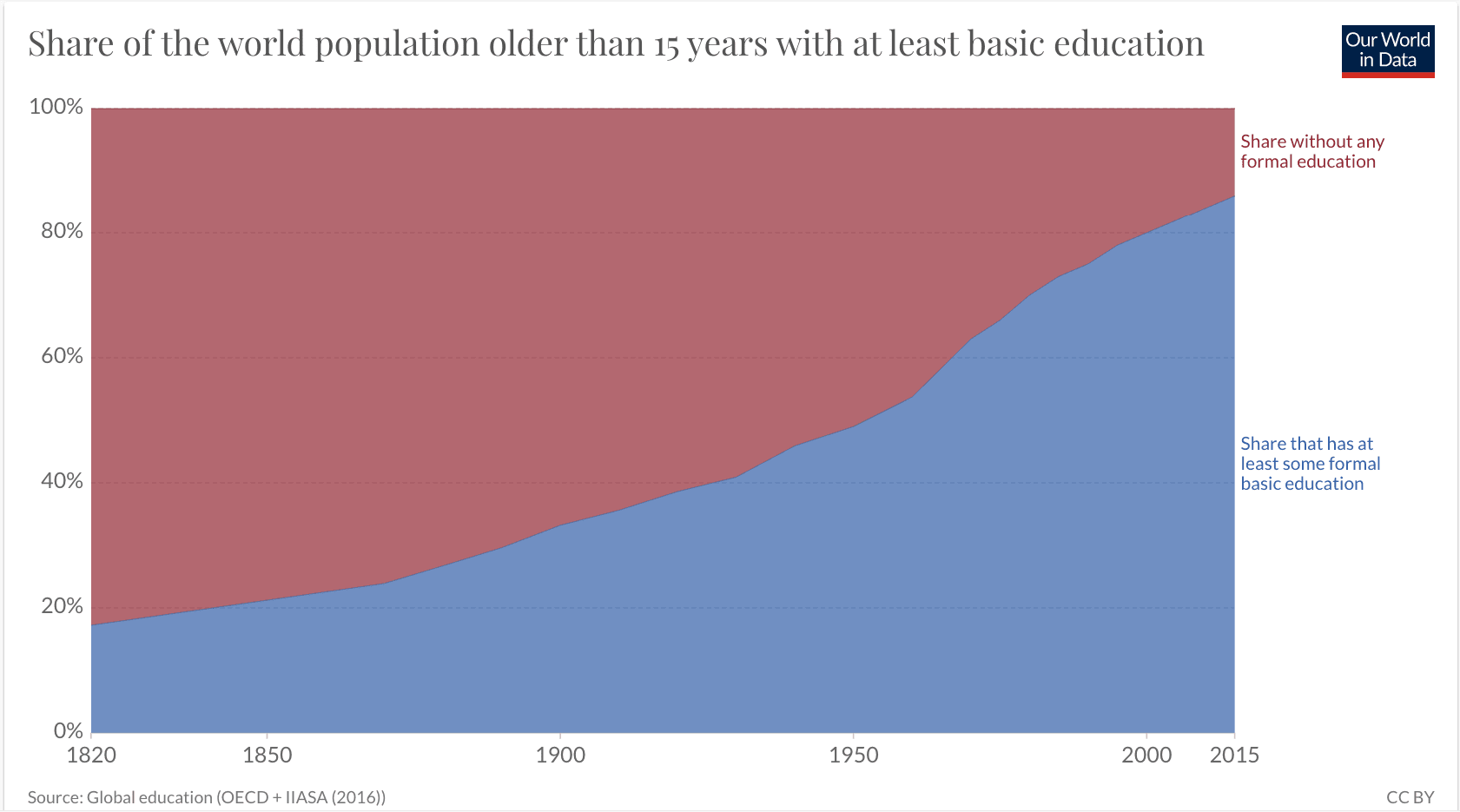The US Continues to Ignore World Leading Finland Educational System
Executive Summary
- Something very little discussed on intelligence is the impact of the environment.
- We cover what the research shows on the top intelligence predictors.

Introduction
One of the things that should be obvious is that one can observe what the best countries are doing with education and copy them. This was covered in the following video.
Michael Moore Looks At Finland’s Education System
This showed the exact opposite approach being used in education, with children being in school 3 to 4 hours a day, and not having homework.
A System Opposite of the US
Finland starts its students very late in education, the exact opposite of where the US has been headed.
Education is a strong part of Finnish culture from pre-school years into adulthood. Children in Finland don’t begin formal education until they reach seven years old, but they do still begin early education through ‘forest schools’ and outdoor play. – The Culture Trip
Finland changed its approach to primary and secondary education relatively recently and reaped the benefits of an intelligently designed system.
Finland’s schools were not always a wonder. Until the late 1960s, Finns were still emerging from the cocoon of Soviet influence. Most children left public school after six years. (The rest went to private schools, academic grammar schools or folk schools, which tended to be less rigorous.) Only the privileged or lucky got a quality education.
In 1963, the Finnish Parlia-ment made the bold decision to choose public education as its best shot at economic recovery. “I call this the Big Dream of Finnish education,” said Sahlberg, whose upcoming book, Finnish Lessons, is scheduled for release in October. “It was simply the idea that every child would have a very good public school. If we want to be competitive, we need to educate everybody. It all came out of a need to survive.”
Educators had little idea it was so successful until 2000, when the first results from the Programme for International Student Assessment (PISA), a standardized test given to 15-year-olds in more than 40 global venues, revealed Finnish youth to be the best young readers in the world. Three years later, they led in math. By 2006, Finland was first out of 57 countries (and a few cities) in science. In the 2009 PISA scores released last year, the nation came in second in science, third in reading and sixth in math among nearly half a million students worldwide. “I’m still surprised,” said Arjariita Heikkinen, principal of a Helsinki comprehensive school. “I didn’t realize we were that good.” – The Smithsonian
Allowing Billionaires and People That Know Nothing About Education Influence Education Policy
As we cover in the article, How Bill Gates Lied and Introduced the Defunct Common Core to Falsify Skill Shortage, the US has educational know-nothings that influence US educational policy. This is explained in the following quotation.
In recent years, a group of Wall Street financiers and philanthropists such as Bill Gates have put money behind private-sector ideas, such as vouchers, data-driven curriculum and charter schools, which have doubled in number in the past decade. President Obama, too, has apparently bet on competition. His Race to the Top initiative invites states to compete for federal dollars using tests and other methods to measure teachers, a philosophy that would not fly in Finland. “I think, in fact, teachers would tear off their shirts,” said Timo Heikkinen, a Helsinki principal with 24 years of teaching experience. “If you only measure the statistics, you miss the human aspect.” – The Smithsonian
Not Testing Focused
While the US has moved to more and more testing, Finland has moved in the opposite direction.
There are no mandated standardized tests in Finland, apart from one exam at the end of students’ senior year in high school. There are no rankings, no comparisons or competition between students, schools or regions. Finland’s schools are publicly funded. The people in the government agencies running them, from national officials to local authorities, are educators, not business people, military leaders or career politicians. – The Smithsonian
Finland’s Schools are Far More Cost-Effective
Ninety-three percent of Finns graduate from academic or vocational high schools, 17.5 percentage points higher than the United States, and 66 percent go on to higher education, the highest rate in the European Union. Yet Finland spends about 30 percent less per student than the United States. – The Smithsonian
This is true even though Finland now has a large immigrant population, and only around 1/2 of primary and secondary students are ethnic Fins.
The Finnish System is Far More Focused on Educational Planning
The US system provides little time for lesson planning. The idea is to teach students many hours a day. This is a similar approach to schooling in Asia. However, in Finland, the actual instructional time is far shorter — allowing time for teachers to think and plan.
Teachers in Finland spend fewer hours at school each day and spend less time in classrooms than American teachers. Teachers use the extra time to build curriculums and assess their students. Children spend far more time playing outside, even in the depths of winter. Homework is minimal. Compulsory schooling does not begin until age 7. “We have no hurry,” said Louhivuori. “Children learn better when they are ready. Why stress them out?” – The Smithsonian
Are Graphics Important for Understanding Educational Progress?
Finnish educators have a hard time understanding the United States’ fascination with standardized tests. “Americans like all these bars and graphs and colored charts,” Louhivuori teased, as he rummaged through his closet looking for past years’ results. “Looks like we did better than average two years ago,” he said after he found the reports. “It’s nonsense. We know much more about the children than these tests can tell us.” – The Smithsonian
Unlike the US, Finland Places High Social Status on Teachers
Both primary and secondary teachers must have a master’s degree to qualify. Teaching is a respected profession and entrance to university programs is highly competitive. – Wikipedia
From then on, teachers were effectively granted equal status with doctors and lawyers. Applicants began flooding teaching programs, not because the salaries were so high but because autonomy and respect made the job attractive.
In 2010, some 6,600 applicants vied for 660 primary school training slots, according to Sahlberg. – The Smithsonian
The current Secretary of the Department of Education is Betsy Devos. She is a billionaire with no background in education — beyond lobbying against public education and trying to promote charter schools. In her confirmation hearing, she was unable to answer a foundational concept in education. In fact, she knew nothing and could not interact with any experienced educator and is entirely unqualified to head the Department of Education — and is hostile to public education, seeking to increase “private industry’s influence” on public education.
Taking the Most Unqualified People and Setting Them In Charge of US Education Policy
In the US we place people at the top of the US Department of Education who have never taught a class, never worked in education, and do not understand education. Furthermore, we have a head of the Department of Education who herself does not appear to be anything above average intelligence. That explains some of the differences in the US and Finland’s educational outcomes.
Conclusion
The US education policymakers lack the intelligence and research capability to see what can be learned from Finland’s educational system. A primary reason for this is that nearly everything that Finland does flies in the face of the US philosophy. This would cause educators and policymakers to question their assumptions — something they would prefer not to do.
References
https://www.smithsonianmag.com/innovation/why-are-finlands-schools-successful-49859555/
https://en.wikipedia.org/wiki/List_of_countries_by_secondary_education_attainment
*https://theculturetrip.com/europe/finland/articles/why-finlands-higher-education-system-is-the-best-in-the-world/
https://www.washingtonpost.com/education/2019/08/30/what-finland-is-really-doing-improve-its-acclaimed-schools/
https://ourworldindata.org/primary-and-secondary-education

This was an interesting chart. Notice that numbers out of school in Sub Saharan Africa and South Asia.

The earliest universal primary education system was established in Prussia by Frederick William in 1717.1
It was greatly expanded during the first half of the 19th Century and later copied by other European nations and the US. While many countries followed suit during the 20th century, others have been much slower at adopting the model of universal education. India only passed laws introducing universal, free and compulsory education in 2009. There also still remain a handful countries that do not have laws making attendance mandatory. – Our World in Data